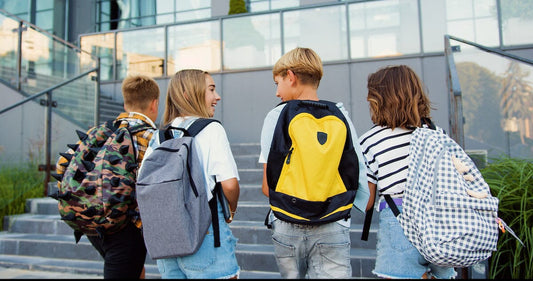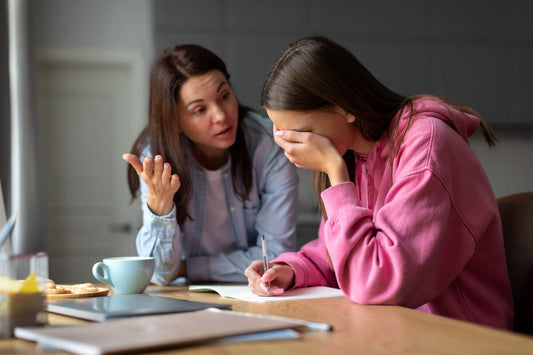Mindfulness is a type of meditation that shows great effectiveness in children. Whether your children struggle with hyperactivity, anxiety or difficulty sleeping, mindfulness may be a helpful tool to use. Here is what you should know about the practice and how you can introduce mindfulness to your children.
What is Mindfulness?
Mindfulness is the practice of letting go of excessive stresses and worries and focusing instead on the present moment. It also involves using guided imagery and breathing methods to relax the mind and body. For best effectiveness, mindfulness should encompass a variety of aspects, including emotions, breath, feelings, thoughts and habits. For example, here is a list of possible activities you can include in your child’s mindfulness routines.
- Mindful eating
- Non-judgmental awareness of emotions, thoughts and feelings
- Mindful walking meditation
The key to proper meditation in any form is to not make it more complicated than it has to be. You can simply incorporate a 5-10 minute practice together before bedtime each night, making this a relaxing part of your routine each day.
Explaining Mindfulness to Kids
Depending on the age of your child, he or she may be able to understand mindfulness if you explain it in basic language. Younger children may need more imagery and simple comparisons to understand the practice. Here are three ways to explain this important form of meditation to your child.
- Make it Simple and Fun. Instead of diving into the complicated aspects of mindfulness, begin by focusing solely on breathing. Instruct your child to sit comfortably, close his or her eyes and focus entirely on breathing. The key is to breathe slowly and deeply while concentrating on how the breath sounds and feels. Let your child know that if his or her mind wanders, that’s ok! Just keep trying to bring focus back to breathing.
- Ask About Thoughts. Once your child masters the first step, invite him or her to notice any thoughts coming into his or her head. Ask what emotions and physical sensations come along with those thoughts. Do they bring happiness, a tightness in the chest, excitement, or any other feelings or sensations?
- Incorporate Imagination. It is healthy and important for children to use their imagination whenever possible. To incorporate imagination into mindfulness practices, invite your child to imagine he or she is in a beautiful place. Encourage him or her to imagine as many details as possible, including the colors, sounds, smells and feelings.
Keep in mind that mindfulness sessions should be short in the beginning. Just 3-5 minutes is plenty of time for a child to begin learning meditation. You can slowly add more time (up to 15 minutes) as your child gets older. If you are in need of some inspiration, watch the informative mindfulness/relaxation video with your children to get started.
Short & Long Term Benefits
When practiced by school-aged children, regular mindfulness can lead to increased focus, decreased stress, improved physical well-being, increased emotional intelligence, improved creativity, and other notable benefits. As your child improves in these areas, he or she is more likely to perform well in school and develop greater resilience to a variety of situations he or she will encounter in life. The coping mechanisms learned during mindfulness sessions can decrease symptoms of stress and anxiety throughout life as well as reduce the need to have to take an additional product.
Activities that Encourage Mindfulness
You don’t have to practice mindfulness in the same way or in a completely still setting. In fact, there are many activities that are relaxing and can encourage mindfulness, including:
- Watching pinwheels spin
- Blowing bubbles
- Playing with a texture bag or glitter jar
- Playing with balloons
- Feeling your heartbeat after exercise
- Picking wildflowers
- Watching birds or bugs
- Going on a nature walk
If your child needs a little more relaxation and calmness than these activities provide, engage in a simple breathing activity until your child feels more at ease. Mindfulness is actually one of the 5 pillars of Brilia's program to help your child learn healthier lifestyle habits. The goal is that as the child matures, they will make these healthier lifestyle choices a habit and start to learn behavioral ways to control their symptoms while needing less and less of a product. And if they still need something more, Brillia can offer them this additional support without harmful side effects. It is merely a safe and impactful and very targeted option for parents to consider. Brillia can be used for as long as it is providing the support that is needed without dulling the personality. You can learn why and how Brillia works here.


 Improve focus and clarity.
Improve focus and clarity.


